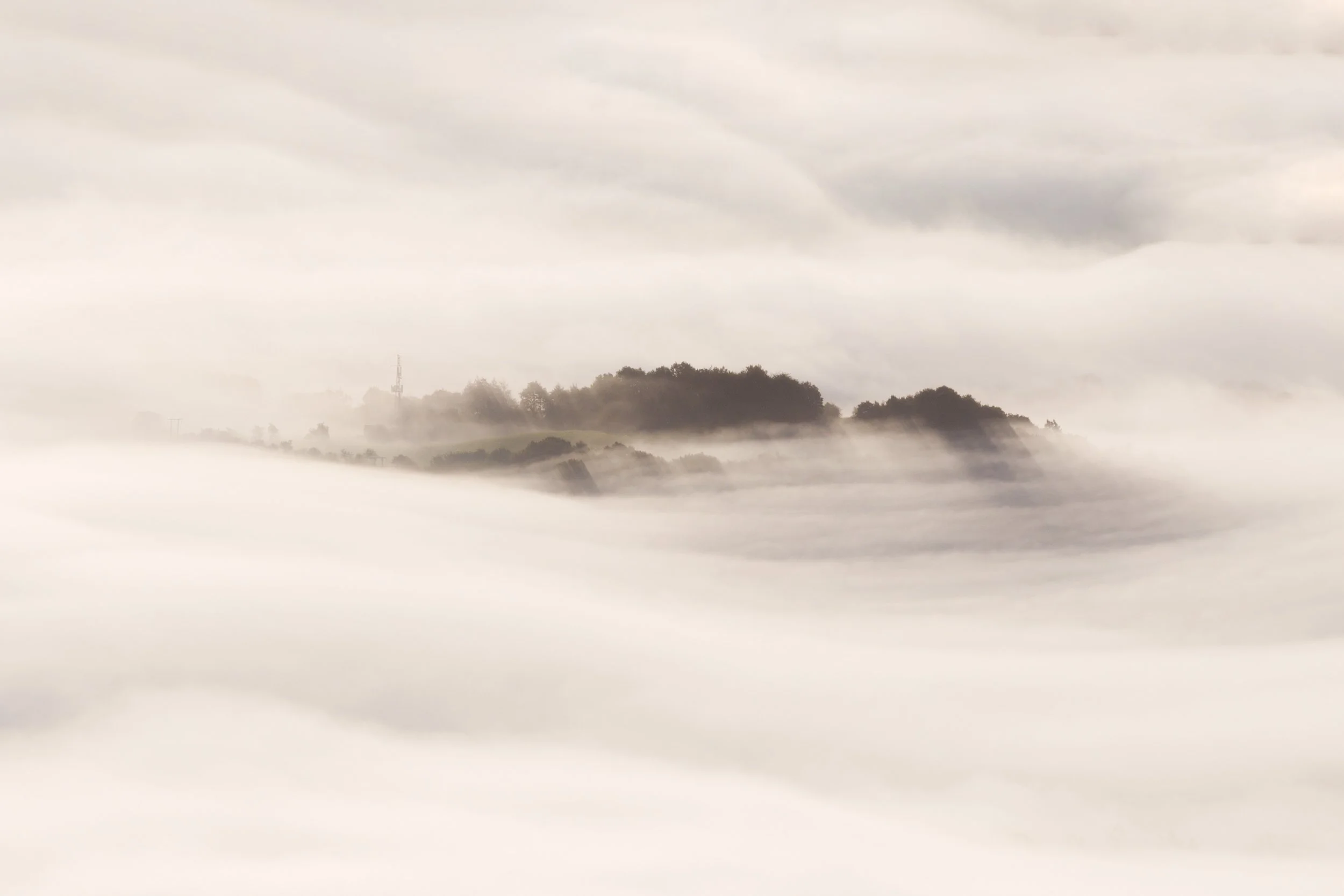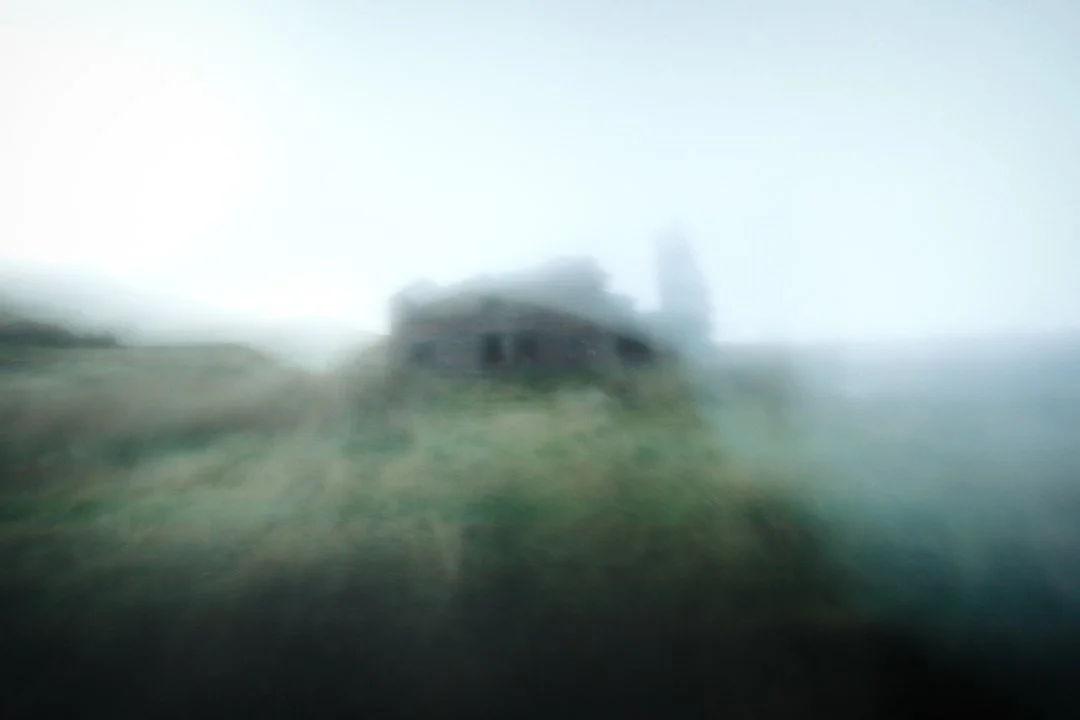Landscape photography is one of the most breathtaking and awe-inspiring types of photography out there. Whether you’re shooting in a vast and seemingly endless mountain range or a small but vibrant forest, the world outside provides a never-ending source of inspiration for us photographers.
But what is it that makes a truly great landscape photo? Is it the technical side? Or is it the artistic side?
A little intrigue can add a lot
The truth is, it’s both. Landscape photography, like most photographic genres, is a unique blend of science and art. On the one hand, you have the technical side of things. The things that get talked about a lot amongst photographers. Aperture, shutter speed, ISO, sensor size, colour science, abberations, defractions and all those other fancy camera settings and gear features that of course, can have an impact on the success or failure of a photograph.
But the technical side only helps to enhance the delivery of the most important element, emotion.
It may seem strange to think of a 2d photograph being able to elicit human emotions, but this is exactly what a good photograph does. It’s where the artistic approach of the photographer steps out of the technical shadow.
Composition, lighting, storytelling, nuance. The capturing of the world in a way that reflects what the photographer is thinking and feeling at that moment. These are the things that trigger emotional reactions within a photograph.
So why do we photographers devote more conversations, more column inches, more videos and more podcasts to the technicals rather than the artistic and emotional side?
Long exposures are a fantastic technical skill to call upon
Having a good understanding of your camera and its settings isn’t essential for capturing a stunning landscape photo. But if you want to do that consistently then it becomes almost completely necessary.
You need to know how to adjust your aperture to control the depth of field, and how your focal length, distance to the subject and sensor size will also affect it.
You’ll need to grasp how your shutter speed dictates movement within the frame. Plus how your focal length and distance to your subject, plus the resolution of your camera sensor can also have an impact on this.
Then you have to mix together all of this to ensure the correct balance of light is hitting your sensor. Probably encountering the last resort, ISO.
This stuff consumes our formative years. All these technicals and more……It takes time to get a handle on and years of practice to truly master.
And the fact is, the reason why they are the primary talking points within photography, and why they consume the years as you start out, is……..
because the technicals can be taught.
Ansel Adams talked some good sense
Legendary landscape photographer Ansel Adams once said ‘a good photograph is knowing where to stand’!
I’m not going to argue with Ansel Adams! Composition is a key factor when it comes to landscape photography. But is composition a technical or artistic choice?
As part of our technical learnings, we become aware of the rules of composition. These rules dictate a specific place for subject matter and can be incredibly useful guiding principles. And, to be clear, I’m not knocking them at all. You could take a thousand photos using the ‘rule’ of thirds and each one would look unique.
But, I’ve been on shoots with photographers who have tried to force a shot into the rule of thirds. ‘Working the composition’ they call it. Can this be the right approach?
When you find yourself having to work overly hard to fit within a compositional rule, aren’t you forcing composition into the technical?
In my personal experience, more often than not, if you have to work it so hard, the eventual shot is usually a rather uninspiring image.
When we see something in the 3d real world and aim to transfer it to the 2d photography world, we have to think about how we can make that work. We’ve all seen (and taken!) a shot of a landscape that looks beautiful to us in that moment only to find that it looks dreadful on our screens. ‘A picture can’t do it justice’ is the excuse I’ve heard many a time.
But a picture can do it justice. Just not without some thought. Some trial and error. Some effort.
And at those moments, the rules of composition can be so useful. but they are guidelines only. the use of them should never come at the cost of your artistic vision.
Before trying fit a scene into a compositional rule ask yourself what it was that you saw? Why are you compelled to photograph it? Is it purely documentary? Or is there something more than that?
What is the story you want to tell?
Storytelling is such an important artistic aspect of landscape photography. A truly great landscape image tells a story. And it is through the story that we encourage an emotional response.
And it really doesn’t have to be complicated. Perhaps our composition can elicit thought through an intriguing element. Maybe, the light and shade we capture can encourage the viewer to forget their surroundings for a split second and just admire the beauty of a captured sunset.
It's incredibly important to think about what feelings and emotions you want to convey through your photography if it is more than documentary that you want to create (and that’s not to say that documentary photography is without emotion).
So why isn’t this aspect taught alongside the technicals. Why does it not have as much air time as the technicals amongst photographers?
Well, the answer is simple. Capturing that emotion within your shot, the emotion of how you feel, how you want to convey the world through your photography simply can’t be taught. Because the key word is you. You have to make those decisions because those decisions are the extension of you and how you see the world.
Freed from the constraints of all I have learnt
Landscape photography is a unique blend of science and art. And it is finely balanced.
Photography in or out of the landscape, requires a good understanding of technical camera settings and how your equipment works. But having an eye on composition, lighting, and storytelling is equally, if not more, important.
So as you learn the technicals, don’t get too bogged down in them. Keep in mind that you are mastering the technical side of things to allow yourself freedom from them.
And once you are free from the technicals, you can let your artistic side take over and that’s when the fun really begins!
Dave




